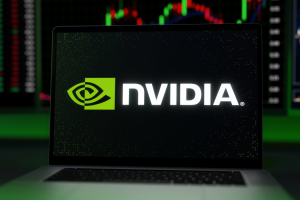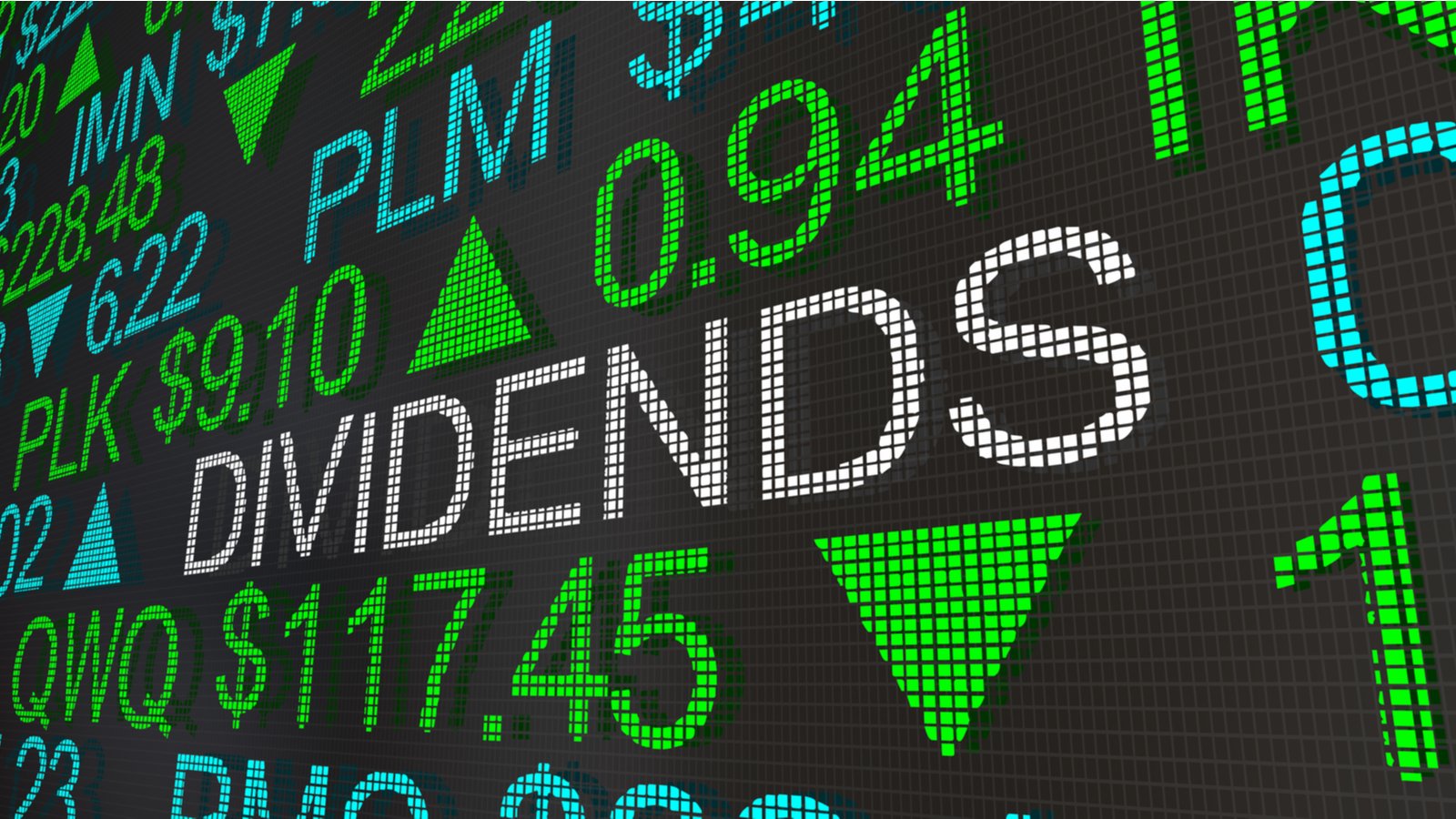
The topic of passive income is popular these days. Investors, consumers, and many other individuals are curious about any method that can produce income without work. Dividend stocks are an excellent example of one such method. In fact, investors can buy dividend stocks for $50,000 per year income.
Dividend stocks are one of the most reliable sources of passive income available. Investors have been using dividends to create wealth for hundreds of years, in fact several hundred years. In 1602, the Dutch East India Company began paying dividends to its investors. The trend continues today and has been well refined through time tested methods.
Let’s also be realistic here, $50,000 per year in passive income from dividends requires a substantial portfolio. at an average 5% yield an investor will need $1 million in dividend bearing stocks to create $50K in income yearly. Let’s take a look at seven stocks to consider that can get any investor to that goal with enough time.
Morgan Stanley (MS)

Morgan Stanley (NYSE:MS) has transitioned from an investment bank to a firm more oriented toward wealth management in recent times. That transition has made it one of the better dividend stocks to consider for investors seeking passive income.
My colleague Charles Munyi outlined the bank’s transition toward wealth management in a recent article. Essentially, Morgan Stanley bought up several advisories in the wake of the 2008-2009 crisis. The result is that the company now derives a much greater percentage of revenues from wealth management. This makes it one of those stocks for $50,000 per year income.
Morgan Stanley’s dividend currently yields 3.5% and was last reduced in 2010. It’s also well within the healthy range with a payout ratio of 0.6. The dividend has also grown by nearly 27% over the last 5 years. That’s much higher than the average dividend growth rate of 8 to 10%. Excessive growth can signal risk. In this case the higher rate is probably a representation of the company’s dedication to its shift toward attracting greater wealth management revenues.
Altria (MO)

Altria (NYSE:MO) is an exceptional dividend stock overall. The company sits among the ranks of the dividend kings. The dividend kings is an elite group of stocks that have not reduced their dividend payment within the last 50 years. It also yields nearly 9% which is quite high.
Thus, it provides an exceptional mix of yields and reliability that no other stock can. The reason that Altria is so unique relates to the nature of its industry which is in transition. The company sells tobacco and its fortunes are underpinned by its ownership of Marlboro. With smoking levels continuing to decline Altria is transitioning to smokeless alternatives.
The company’s e-cigarette brand, NJOY, doesn’t dominate its market. Instead, it sits in third place overall.
The company’s ability to navigate this transitional period will define the future of its dividend.
Meanwhile, Altria recently bolstered its share repurchase program through the sale of $2.4 billion dollars worth of Anheuser-Busch InBev (NYSE:BUD) stock. It all suggests that Altria’s dividend is safe for the midterm at least. For investors seeking $50,000 per year from dividend stocks MO shares are an excellent choice.
Exxon Mobil (XOM)

Exxon Mobil (NYSE:XOM) stock isn’t far behind Altria in terms of reliability: The firm last reduced its dividend in 1983. That dividend is a prime point of attraction for investors. The energy market is a volatile one as the price of oil can fluctuate drastically from year to year. Exxon Mobil’s dividend provides income and returns that smooth that volatility.
Then in boom years like 2022 the company does exceptionally well providing an excellent opportunity for investors to cash out and profit. Investors learned that they can count on Exxon Mobil to continue paying its dividend through the pandemic and that it does create significant wealth creating opportunities at the same time.
Exxon Mobil and other energy giants are particularly attractive at the moment. The electric vehicle sector is in disarray and provides a strong antithesis to a rapid oil-free transition. In other words, ExxonMobil stock continues to be a beacon of reliability despite perceived challenges.
AbbVie (ABBV)
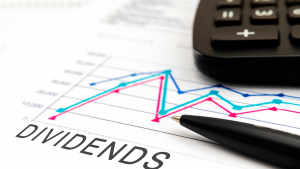
AbbVie (NYSE:ABBV) continues to be an interesting choice among dividend stocks. The company has successfully navigated through the transition of Humira going off patent. Fear related to that had long plagued the company but it looks like it has mostly survived unscathed.
The company has successfully introduced other drugs to combat declining revenues. The result is that while revenues are slightly down in 2023 overall, most analysts believe the company has done well.
Simply put, AbbVie wouldn’t be able to continue paying its dividend if the company didn’t manage that transition. Analysts from Wells Fargo (NYSE:WFC) believe that ABBV shares are worth $200. Those analysts believe that earnings will improve as revenues from drugs like Skyrizi and Rinvoq replace those from Humira.
Earnings is one of the primary areas to focus on for ABBV investors. The stock’s P/E ratio isn’t strong at the moment. However, the company’s diverse portfolio has shown massive turnaround potential of late and those earnings could quickly reverse. That’s essentially what Wells Fargo is saying in attaching a $200 target price to ABBV at present. The company will continue to pay dividends as it has since 1972. It’ll be interesting to see how everything pans out but it looks like AbbVie will emerge stronger.
Pepsi (PEP)
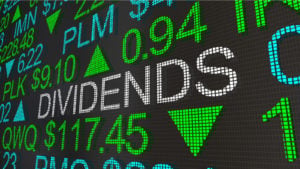
Pepsi (NYSE:PEP) is another dividend king, making it a very reliable stock overall. It’s a nice addition to any portfolio for investors seeking to generate $50,000 in dividend income annually.
One of the most important things to consider when discussing Pepsi is its recent performance in light of inflation. The company has fared very well over the last few years as inflation has become endemic. What’s important to note here is that Pepsi doesn’t only sell beverages, it also has a large portfolio of snack foods. Its beverages and snack foods have become much more expensive. However, consumer demand remains steadfast. In fact, organic revenues increased by nearly 10% in 2023. That suggests Pepsi will now be able to charge those higher prices moving forward.
Consumers shouldn’t expect those prices to revert to pre-pandemic levels. Instead, they should expect a stabilization of prices. That means Pepsi will be able to depend on higher sales you forward and continue to pay a reliable dividend. In fact, Pepsi announced that it will increase its annual dividend by 7% beginning in June.
IBM (IBM)
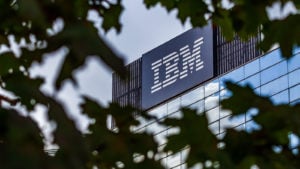
IBM (NYSE:IBM) is a stock that represents an intriguing mix of growth and income that should continue to attract investors.
Share prices have appreciated dramatically over the past year. The legacy technology company has essentially positioned itself well in relation to AI. Strong investments have resulted in a book of business that doubled sequentially for AI workloads between the third and fourth quarter. That news served to reaffirm the recent increase in prices which is predicated on its AI potential.
Anyway, That’s The Story of IBM as it relates to growth. The company is well positioned to take advantage of artificial intelligence and other trends like quantum computing.Those opportunities may very well allow the company to shed its image as a legacy firm.
That’s compelling in and of itself but then add in its dividend and IBM becomes even more attractive. The company is reliable for income investors: It last reduced its dividend in 1994. It all adds up to create a company that represents a unique opportunity for investors looking to build $50k annually in passive income.
Philip Morris (PM)

Philip Morris (NYSE:PM) is one of many legacy cigarette companies that continues to offer a lot to investors at the moment. The stock provides a dividend yielding more than 5.5% and is relatively stable having last been reduced in 2008.
It’s essentially the same story for Philip Morris as for all other cigarette stocks: these firms are navigating a transition to lower arm tobacco products while relying on cigarettes to underpin their businesses.
In the case of Philip Morris, that also means taking some risks. The company has to find new sources of revenue to make up for declining smoking rates. The company is buying assets at a rate well in excess of revenue growth. That suggests inefficiency. However, it’s an inefficiency born of necessity. Philip Morris has to find new growth. As it searches for that growth investors should simply take advantage of its dividend. It’s the same story that investors will find in relation to Altria, discussed above.
On the date of publication, Alex Sirois did not have (either directly or indirectly) any positions in the securities mentioned in this article. The opinions expressed in this article are those of the writer, subject to the InvestorPlace.com Publishing Guidelines.




